NewsON Venture to Bring Local Newscasts to Smart Phones & Tablets Nationwide, WTNH Set to be Among Participants
/Five major broadcast television station groups collectively reaching two-thirds of U.S. TV households have formed NewsON, a new venture to provide live and same-day local TV newscasts on demand from leading stations around the country to consumers' mobile and selected connected TV devices. Two Connecticut-based TV stations are part of the NewsON venture – WTNH and WCTX, both in the Hartford-New Haven TV market, which are owned by NewsON partner Media General.
The NewsON (www.newson.us) service will be provided by a new venture formed by The ABC Owned Television Station Group, Cox Media Group, Hearst Television, Media General and Raycom Media. In New Haven, the WTNH news staff produces newscasts for WTNH NewsChannel 8 and WCTX, known as MyTV9. 
Plans for NewsON were announced prior to the more recent announcement this month of Media General’s plans to buy Meredith Corp. for about $2.4 billion in cash and stock. Meredith, which began as an agricultural publisher in 1902, is known for magazines such as Better Homes & Gardens and Family Circle. But its 17 local TV stations – including Hartford-based WFSB - are the centerpiece of the deal. The combined company—Meredith Media General— would encompass 88 stations that reach 30 percent of U.S. households, or 34 million homes.
Meredith had not been part of the NewsON venture, and it is unclear whether the combined company would remain in the plan, or whether a combined company may be required to divest of either WFSB or WTNH, which serve the same Hartford-New Haven market.
The free, advertising-supported NewsON service will be delivered through apps available for download from leading mobile and connected TV app stores. NewsON will enable users to watch live and on-demand newscasts from their local markets or from any of the 112 participating news stations, in 84 viewing markets across the country, whose owners have already contracted to deliver their news streams through NewsON. These include stations in eight of the Top 10 U.S. TV markets and 17 of the top 25.
Multiple stations will be available through NewsON in 21 markets, giving viewers the opportunity to "change channels" as they wish. The number of participating TV stations is expected to grow in the months ahead as additional broadcast TV station groups activate their streams into NewsON. Whether the Hartford-New Haven market will ultimately be among them may hinge on the outcome of the Meredith-Media General deal.
Media General is one of the nation's largest connected-screen media companies that operates or services 71 television stations in 48 markets, along with the industry's leading digital media business. Their portfolio of broadcast, digital and mobile products informs and engages 23 percent of U.S. TV households and 46 percent of the U.S. Internet audience.
"As a truly connected-screen media company, we are always seeking innovative ways to share our superior local content with a broader audience, no matter where, when or what screen or device they prefer," said Robb Richter, Chief Digital Officer of Richmond, VA based Media General. He told Connecticut by the Numbers said the new service would provide “brand extension” for WTNH newscasts, and increase viewership. “Now, about 15% to 20% of the market has downloaded their app. This will draw more people to WTNH who have not. It’s a great way to gain more audience.”
Richter said that the appetite for breaking news is strong, and that may be attractive to advertisers as well, as more people use mobile devices to watch locally originated newscasts. The ability to send out breaking news alerts and live stream coverage of breaking local news provides a potential new revenue stream,” as well as providing viewers nationwide easy access to local coverage of news that may be of interest beyond a local region.
A recent commentary by former WFSB news director Mark Effron, now a college professor, points to the need for local news to find new ways to attract audiences – especially younger audiences, for whom watching television on a television is fast becoming a footnote in their media consumption.
“For them, watching content on channels and networks and stations hasn’t only lessened, it’s actually fallen off the cliff,” Effron observed.
NewsON officials stress that Americans place a great deal of trust in their local news teams, who are typically the first informers from the local scene of the biggest news developments around the country. NewsON will bring instant access to live local news to a generation of viewers accustomed to using mobile and connected TV platforms to stay informed.
According to the March 2015 report "Local News in a Digital Age" by the Pew Research Center, local TV stations remain the dominant source of news for Americans in large and small markets. NewsOn points out that the appetite for local and neighborhood news, the staple of TV station newscast coverage, is up to twice the appetite for national and international news, the study found.
The NewsON service, current in BETA testing, is expected to launch to the public later this fall. “We are driving the evolution in local content creation and distribution and we are excited about the opportunities with NewsON," Richter added.






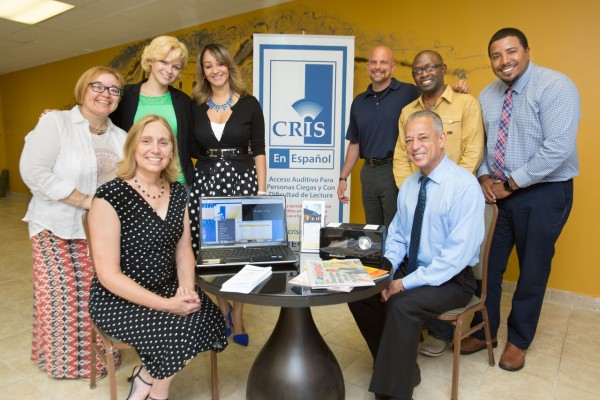
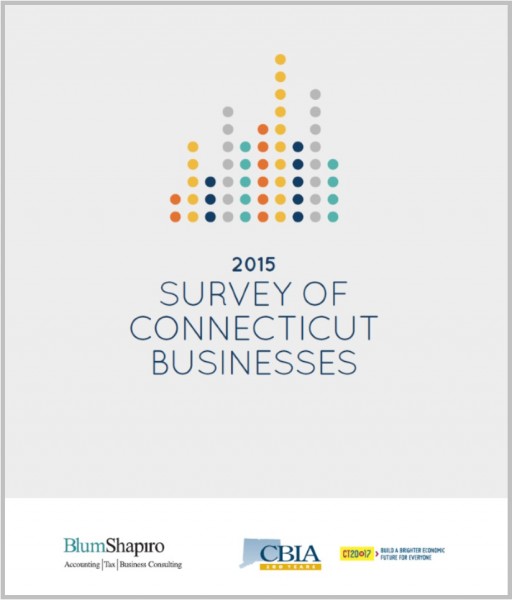

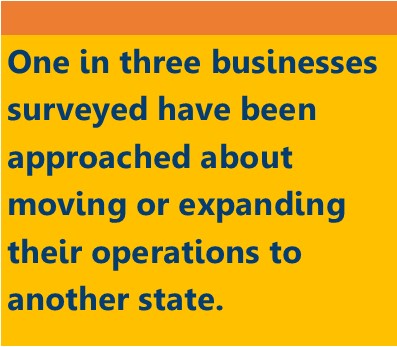 Whether perception drives reality or reality is drives perception, the opinions stated by business surveyed are less than encouraging, according to the report. Primary reasons cited for moving or expanding outside Connecticut are the state’s high costs (including taxes) and its “anti-competitive business environment,” reflecting an oft-stated CBIA viewpoint. More than three-quarters say Connecticut’s business climate is subpar compared with other states in the Northeast, and the nation.
Whether perception drives reality or reality is drives perception, the opinions stated by business surveyed are less than encouraging, according to the report. Primary reasons cited for moving or expanding outside Connecticut are the state’s high costs (including taxes) and its “anti-competitive business environment,” reflecting an oft-stated CBIA viewpoint. More than three-quarters say Connecticut’s business climate is subpar compared with other states in the Northeast, and the nation.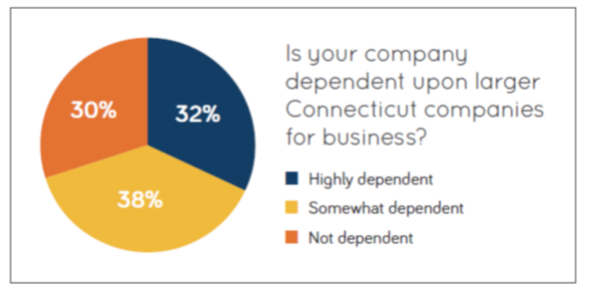
 One of the key features at the 9th Annual Innovation Summit will be the Funding Fair, where angels, VCs, investment bankers, lenders, family offices, private investors, and other resources are on-hand to offer individual guidance and advice to attendees. The Funding Fair also offers fledgling businesses opportunities to connect with incubators and co-working spaces.
One of the key features at the 9th Annual Innovation Summit will be the Funding Fair, where angels, VCs, investment bankers, lenders, family offices, private investors, and other resources are on-hand to offer individual guidance and advice to attendees. The Funding Fair also offers fledgling businesses opportunities to connect with incubators and co-working spaces.





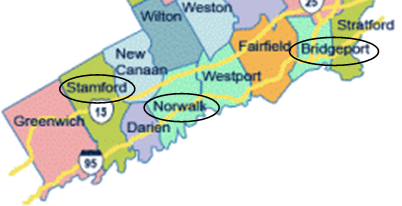
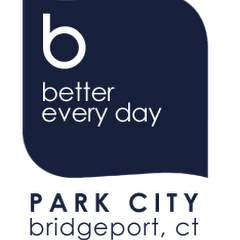
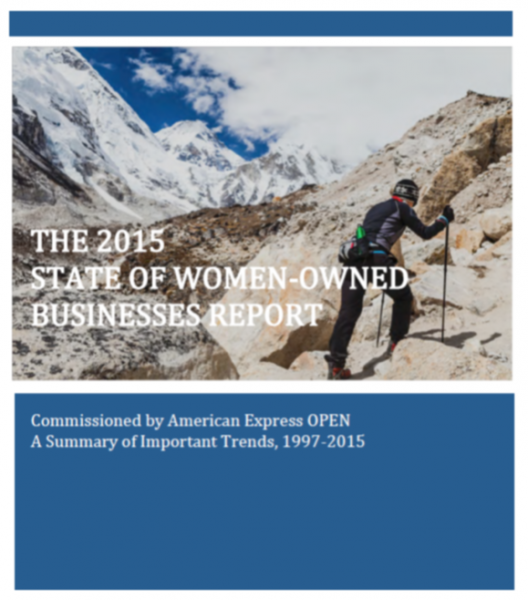
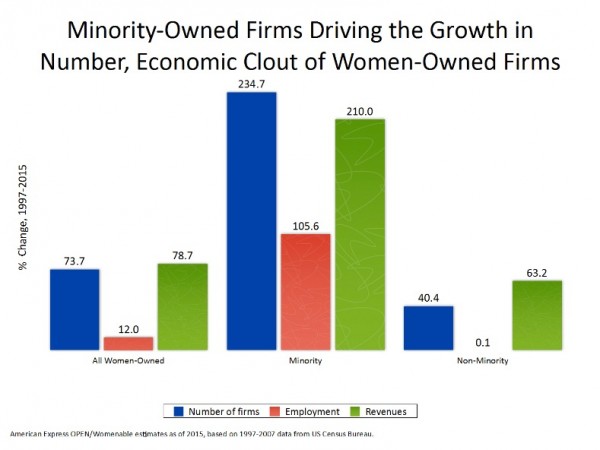
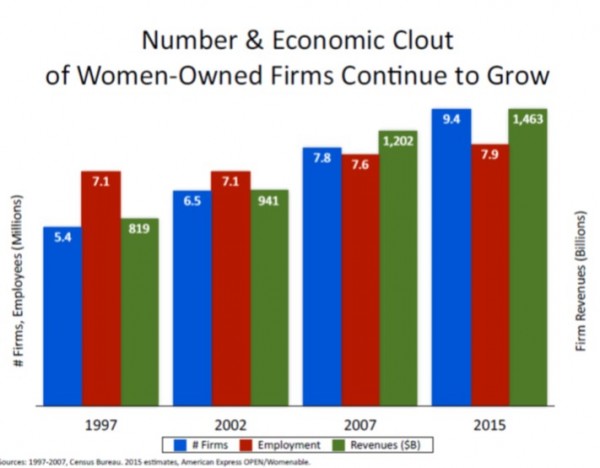 Of the nation’s women-owned businesses, African-American women own 1.3 million, Latinas 1 million, and Asian women more than 700,000. Businesses owned by women of color tend to be smaller in terms of their average employment and revenue, the report indicated. But their growth, both in numbers and in their economic clout—the combined average of their growth, revenue, and employment—continues to outpace that of their white peers, the data indicates.
Of the nation’s women-owned businesses, African-American women own 1.3 million, Latinas 1 million, and Asian women more than 700,000. Businesses owned by women of color tend to be smaller in terms of their average employment and revenue, the report indicated. But their growth, both in numbers and in their economic clout—the combined average of their growth, revenue, and employment—continues to outpace that of their white peers, the data indicates. ow, there are an estimated 3.1 million minority women-owned firms, representing one in three (33 percent) women-owned firms,” pointed out Julie Weeks, President and CEO of
ow, there are an estimated 3.1 million minority women-owned firms, representing one in three (33 percent) women-owned firms,” pointed out Julie Weeks, President and CEO of 


 When the license renewal application does reach the agency’s Media Bureau, they will consider “how the allegation of violation was resolved,” as well as a range of other factors in deciding whether or not to renew the station’s license. The other, more routine, factors include whether any other objections have been raised about the station, whether the station has been adequately serving the public in their area of license, their history of compliance with FCC regulations, and their overall performance. License renewals for radio stations are issued by the FCC for a period of eight years.
When the license renewal application does reach the agency’s Media Bureau, they will consider “how the allegation of violation was resolved,” as well as a range of other factors in deciding whether or not to renew the station’s license. The other, more routine, factors include whether any other objections have been raised about the station, whether the station has been adequately serving the public in their area of license, their history of compliance with FCC regulations, and their overall performance. License renewals for radio stations are issued by the FCC for a period of eight years.

























